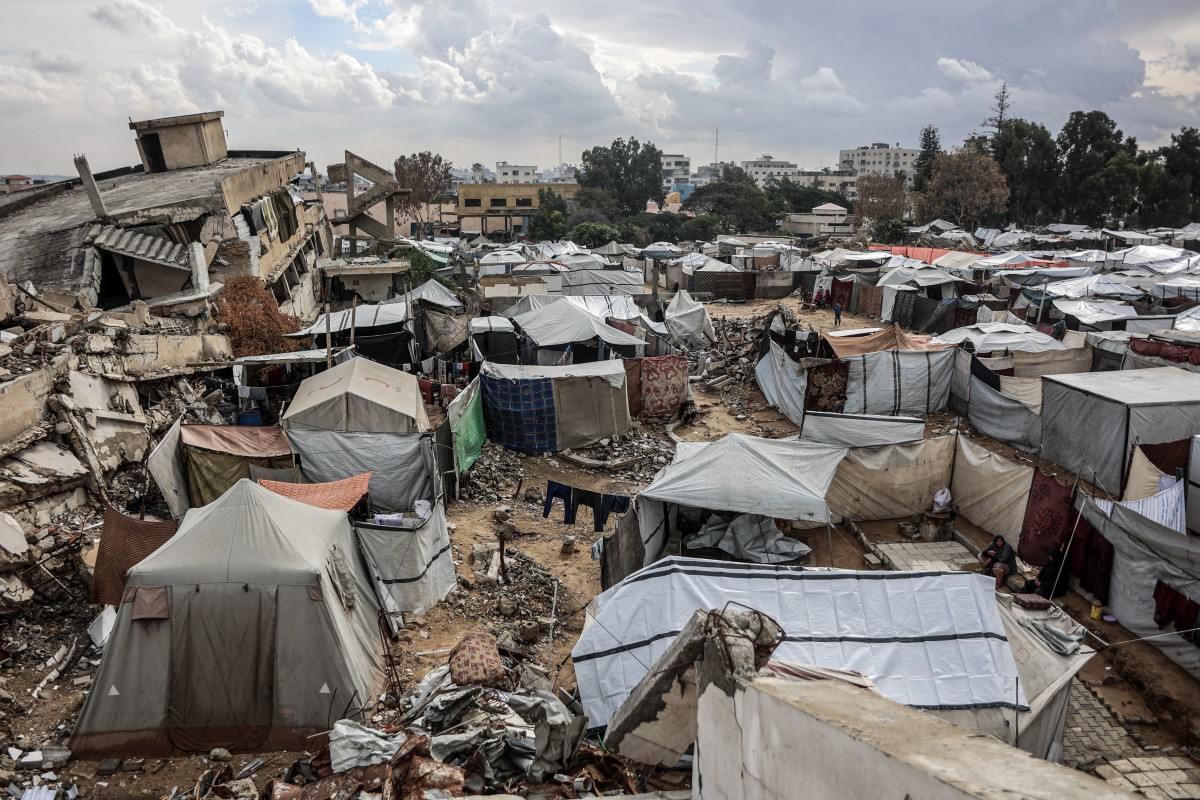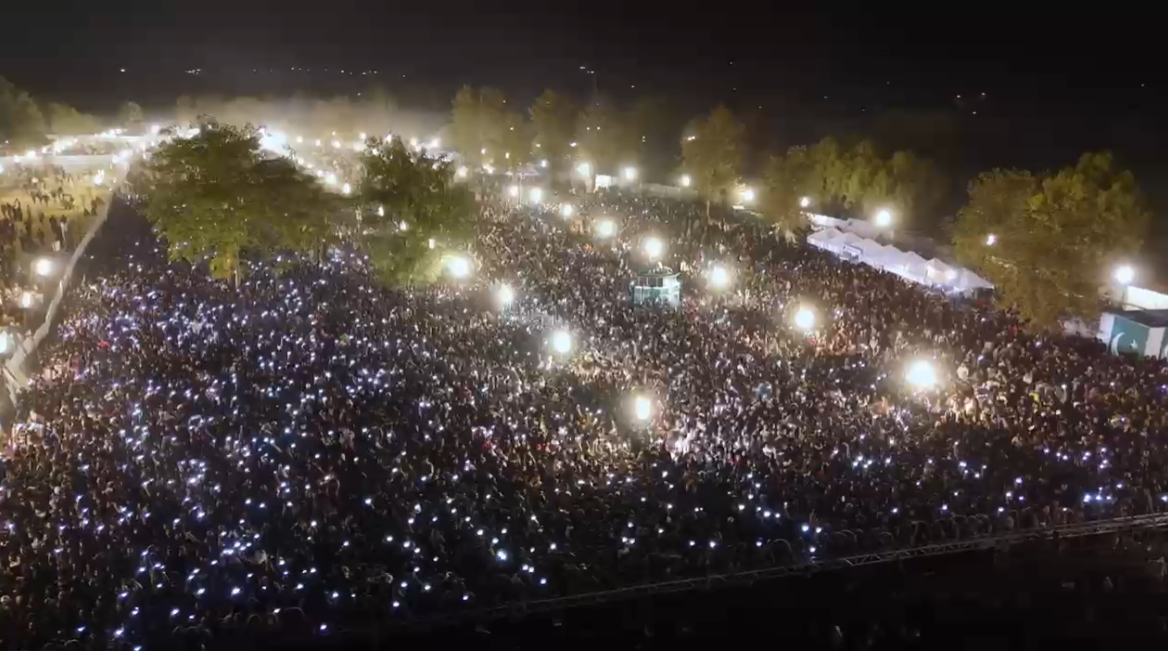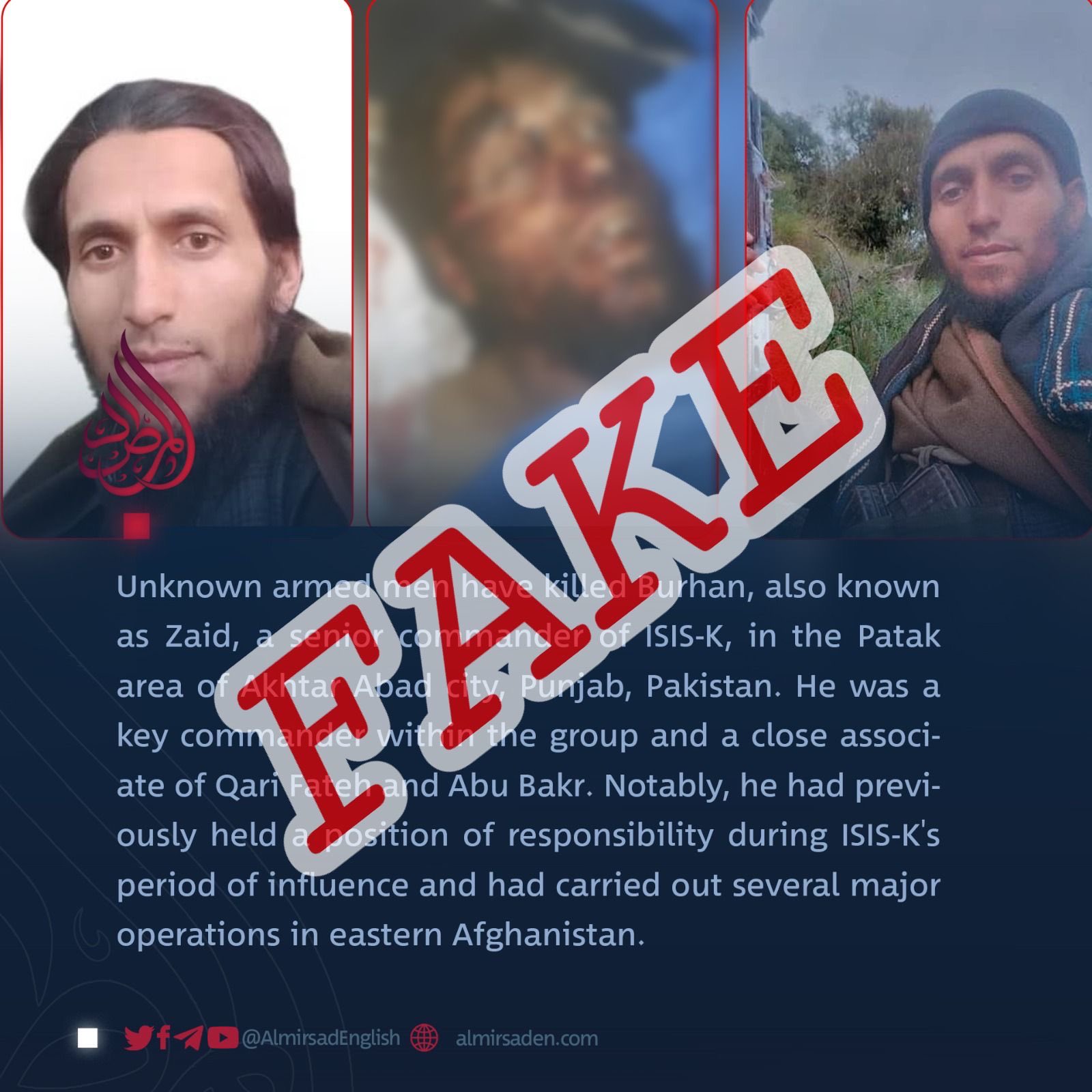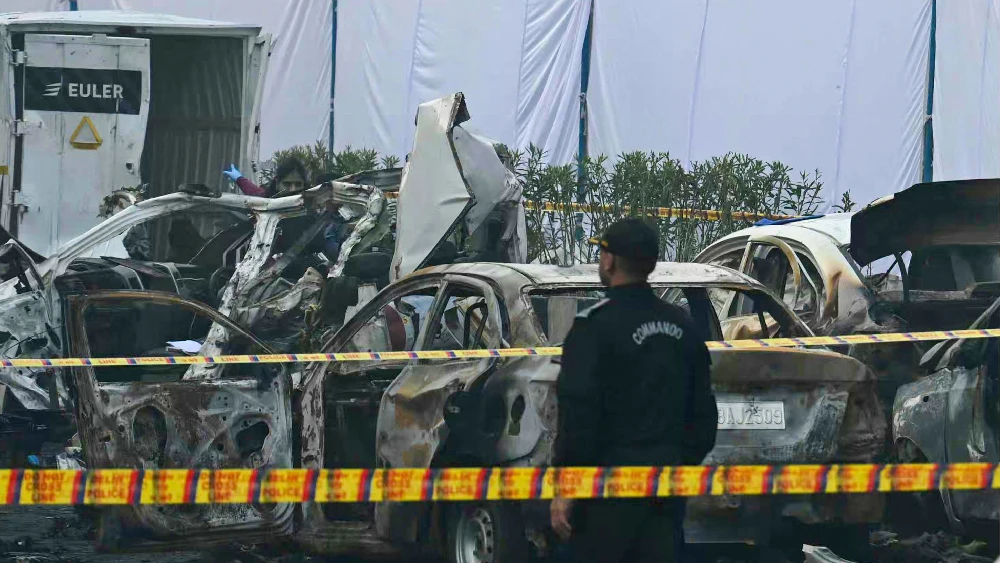ISLAMABAD: The Indian investigations into the deadly car explosion near New Delhi’s Red Fort on Nov. 10 have exposed failures in regulatory monitoring and intelligence coordination between Indian states that allowed massive stockpiles of explosives to reach the capital’s doorstep.
The blast in the Indian capital killed at least eight people, and 19 others were injured when flames ripped through several vehicles, according to AFP.
Delhi police registered an investigation under the Unlawful Activities (Prevention) Act, the Explosives Act, and sections of the criminal code and the Bharatiya Nyaya Sanhita, according to Press Trust of India.
According to news channel NDTV, the white Hyundai i20 car that exploded on Monday was first seen at Connaught Place and Mayur Vihar — two of the capital's biggest areas — hours before the suspected suicide bomber, Umar Nabi, parked the vehicle in the Sunehri Masjid parking lot in Chandni Chowk. The vehicle was parked on the Al-Falah University campus from Oct. 29 to Nov. 10.
Vehicle ownership transfers
The rapid ownership transfers of the Hyundai i20 apparently went unnoticed by both state transport authorities and police databases.
The car involved in the blast also changed hands several times, according to India Today, from owners Mohammad Salman to Nadeem, then to a used-car dealer (Royal Car Zone in Faridabad), before reaching Tariq, who sold it to Umar.
Investigators have zeroed in on Dr Umar Nabi, a doctor from Lethpora in the Pulwama district of Occupied Jammu and Kashmir, believed to have been driving the car during the blast, as per news agency PTI.
He is suspected to be one of the dead, and Jammu and Kashmir police have collected a DNA sample from his mother to confirm his identity. Umar is alleged to have been carrying ammonium nitrate-based explosives when the vehicle detonated.
Officials told PTI that he may have panicked and possibly triggered the blast prematurely after arrests were made in Faridabad, just outside Delhi, where a terror module was busted.
According to PTI, the blast came hours after eight people were arrested in Faridabad, and 2,900 kg of explosives were seized from what officials described as a “white-collar” interstate terror module allegedly linked to terror groups Jaish-e-Mohammed and Ansar Ghazwat-ul-Hind.
Preliminary security assessments suggest the explosion could have been accidental or triggered under panic as the terror network came under pressure following widespread raids.
Traces of ammonium nitrate have been found near the blast site, according to a preliminary investigation, but the exact nature of the explosive will be confirmed only after the forensic report, India Today reported on Tuesday.
‘One sample’
Moreover, regulatory oversight was lacking, as massive quantities of ammonium nitrate were allegedly moved and stored near the capital without triggering alarms, raising concerns about how a sophisticated network could have acquired and concealed such quantities.
According to The Indian Express, a Forensic Science Laboratory team has collected over 40 samples, including two cartridges and two types of explosive materials, from the site of the blast. Initial analysis suggests one explosive sample is ammonium nitrate.
Preliminary findings indicate one explosive sample appears to be ammonium nitrate, while the second type is believed to be more potent, according to news agency PTI.
"The second explosive sample is believed to be more powerful than ammonium nitrate. Its exact composition will be confirmed after detailed forensic examination," an official said.
Not 'terrorist bombing'
Social media is also abuzz with arguments contradicting the Indian official account on the Delhi blast. It has been argued that the physical evidence emerging from the Delhi blast site clearly contradicts the narrative of a “terrorist bombing.”
The forensic findings came amid a broader investigation linking the incident to the recovery of 360 kg of ammonium nitrate from Faridabad, where Dr Muzammil Ganaie and Dr Shaheen Sayeed — both associated with Al Falah University — were arrested earlier this week, Telegraph India reported on Wednesday.
‘Deeply disturbing’
According to The Hindu, the Communist Party of India said in a statement, “It is deeply disturbing to learn from reports that large quantities of explosives and firearms have been discovered in areas around Delhi, which are now being linked to the attack. This indicates the involvement of an organised network. It is the responsibility of the government to uncover it and bring all the perpetrators to justice.”
The Delhi blast and its investigations reveal inadequacies, including systemic vulnerabilities in monitoring regulated materials, in verifying professional credentials, and in intelligence coordination between Indian states.








